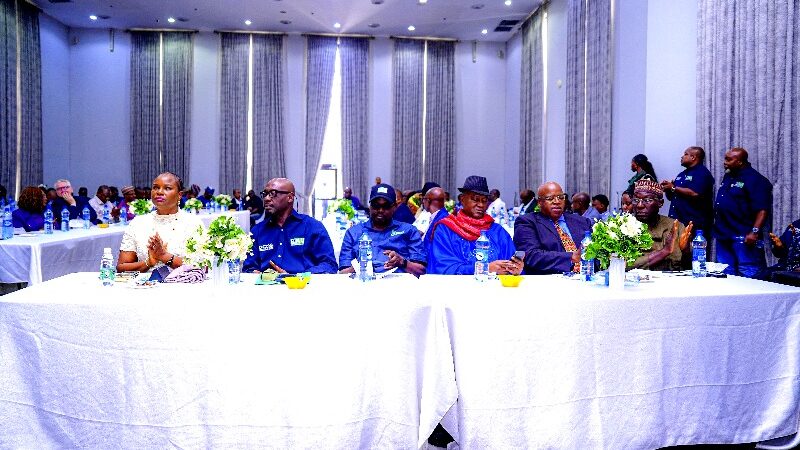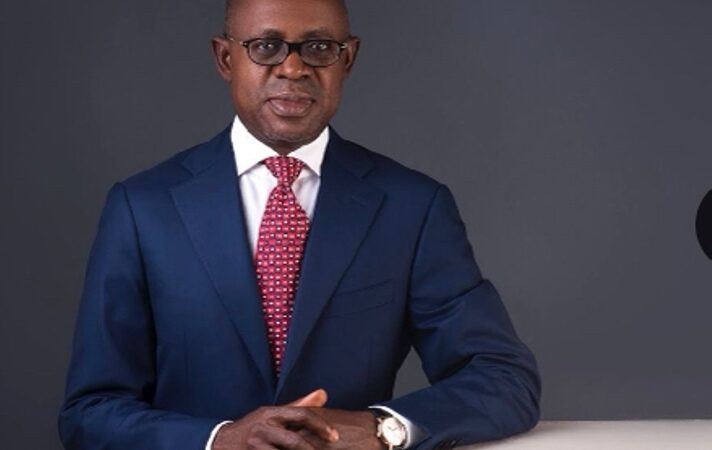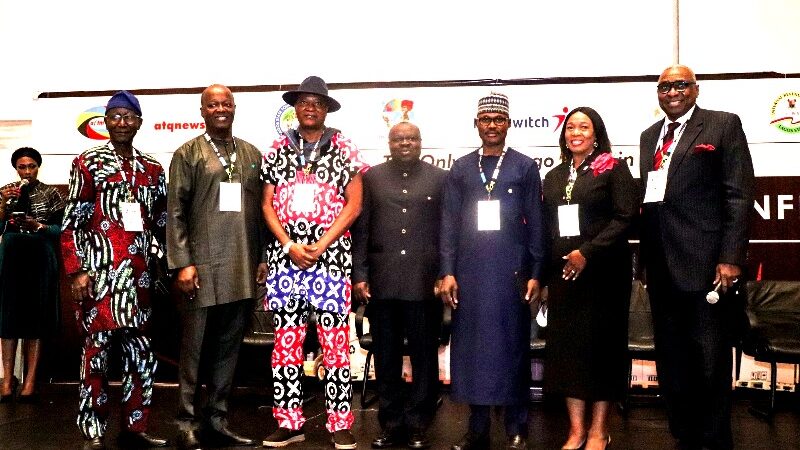Challenges, Solutions To Dry-Lease Aircraft Acquisition By Nigerian Airlines

There is renewed optimism within Nigeria’s aviation industry following the recent issuance of Practice Directions by the Chief Judge of the Federal High Court, spurred by the Honourable Minister of Aviation and Aerospace Development, Mr. Festus Keyamo. The new directives are designed to align Nigeria’s legal system with the Cape Town Convention (CTC), thereby improving trust and transparency in aircraft leasing.
For years, Nigerian airlines have struggled to acquire aircraft under dry lease arrangements—where the airline operates and maintains the aircraft without crew or insurance provided by the lessor. While this is the most cost-effective way for carriers to expand their fleet, several enduring challenges have hindered access. With legal reforms underway, now is the time to examine what still stands in the way and how to pave the road forward.
Key Obstacles To Dry-Lease Aircraft In Nigeria
1. Legal and Judicial Bottlenecks: Despite the Cape Town Convention being domesticated into Nigerian law, its implementation has faced serious roadblocks:
Ambiguity in the Practice Direction: The current guidelines do not clearly define aircraft asset categories or timelines for enforcement. This opens the door to inconsistent judicial rulings and legal maneuvering through injunctions, ex parte orders and prolonged court appeals.
Judicial Capacity Gaps: Many judges lack the necessary training to handle complex international aviation finance cases. As a result, enforcement can be delayed or inconsistent—leading to a perception of legal risk among global lessors.
2. Insurance Market Constraints: Dry leases require adequate insurance coverage, which presents unique challenges in Nigeria:
Limited Underwriting Capacity: Domestic insurers do not have the financial muscle to cover multi-million-dollar dry lease risks. International lessors often insist on offshore coverage, creating tension with local insurance regulations.
High Reinsurance Costs: To mitigate their own risks, Nigerian insurers depend on expensive reinsurance from global markets—pushing premiums higher and discouraging lease deals.
3. Residual Risk Perception: Nigeria’s image in the global leasing market has only recently begun to recover:
Past Defaults and Blacklisting: Historical incidents of Nigerian airlines defaulting on lease payments—and then using the courts to block repossession—resulted in a blacklisting that the country only recently overcame. Although Nigeria has now been delisted, individual airline reputations continue to play a major role in lessor decision-making.
4. Global Aircraft Shortage: Even if Nigeria resolves its domestic challenges, the international market presents another hurdle:
Limited Availability of Single-Aisle Aircraft:* The global post-COVID recovery and rising demand have created a scarcity of narrow-body aircraft, such as Boeing 737s and Airbus A320s. Nigerian carriers must now compete globally for a shrinking pool of aircraft.
How These Obstacles Can Be Overcome
To take full advantage of the Cape Town Convention and Practice Directions, a holistic strategy is required:
1. Strengthen the Legal Framework
Clarify and Expand the Practice Direction: Definitions, asset classes, and procedural timelines must be spelled out clearly. A 10-day repossession window, with restricted appeal rights, would bring Nigeria in line with global best practices.
Specialize the Judiciary: Aviation-specific training for judges or the establishment of dedicated aviation courts would significantly improve the speed and reliability of legal decisions.
1. Reform Insurance Regulations
Permit Offshore Insurance Ceding: Recent efforts by the Nigeria Civil Aviation Authority (NCAA) and NAICOM to allow up to 90% offshore coverage are promising. More reforms are needed to accommodate lessor expectations while protecting local interests.
Build Capacity Through Partnerships:* Encourage collaboration between Nigerian insurers and international firms to expand underwriting capacity and reduce long-term costs.
2. Improve Risk Management And Reputation
Promote Transparent Airline Operations: Nigerian carriers must build trust by complying strictly with lease terms, avoiding legal manipulation, and ensuring timely payments.
Engage Lessors Proactively: With improved legal protections and insurance structures, airlines should reach out to lessors, highlighting these improvements and Nigeria’s rising CTC index ranking.
3. Secure Aircraft Despite Global Shortage
Access to Finance: Institutions such as Afreximbank have shown willingness to fund dry lease acquisitions. Nigerian airlines should capitalize on these opportunities.
Flexible Lease Options: In the short term, combining wet leases with transitional short-term dry leases may be a viable strategy while waiting for availability to improve.
What Nigeria Is Losing By Not Dry-Leasing
The inability to access dry leases comes at a heavy cost:
High Operational Costs: Wet leasing includes crew, insurance, and maintenance—driving up costs and eroding airline profitability.
Limited Growth: Without affordable aircraft, Nigerian carriers struggle to expand into new routes or increase frequency on existing ones.
Foreign Exchange Drain: Wet lease payments in foreign currency contribute to Nigeria’s persistent FX challenges.
Missed Economic Potential: High fares discourage tourism and trade, affecting wider economic growth and job creation.
Conclusion
The recent efforts by the Nigerian government and judiciary mark a critical step toward improving access to aircraft under dry lease agreements. However, legal clarity, insurance reform, and airline discipline are still needed to unlock full benefits. The aviation sector’s growth—and indeed Nigeria’s broader economic resurgence—may well depend on how quickly these remaining barriers are dismantled.
With political will, industry collaboration, and institutional reform, Nigerian airlines can once again take their rightful place in the global aviation ecosystem—this time with wings of their own making.
WRITTEN BY CAPT. ADO SANUSI, CHIEF EXECUTIVE OFFICER, AERO CONTRACTORS






